Extreme conditions for an unusual life
A stone run is a large accumulation of stones at least the size of a head on steep slopes with an angle of inclination of at least 25 degrees. If the fragments are smaller, geologists speak of boulder or screes. Rock fragments on flatter terrain are called block fields.
Boulder screes, called „Rosselhalden“ in the Hunsrück region, were formed by frost weathering as a result of the alternation of freezing and thawing at exposed rock sites during and a er the last ice age. The bedrock at this site is quartz porphyry (rhyolite). In Hunsrück-Hochwald National Park, the boulder screes consist of quartzite.
The largely unwooded „Rosselhalden“ represent one of the last so-called primary habitats that have not been majorly altered by humans. Dryness, lack of nutrients and remarkable temperature differences characterise this extreme location.
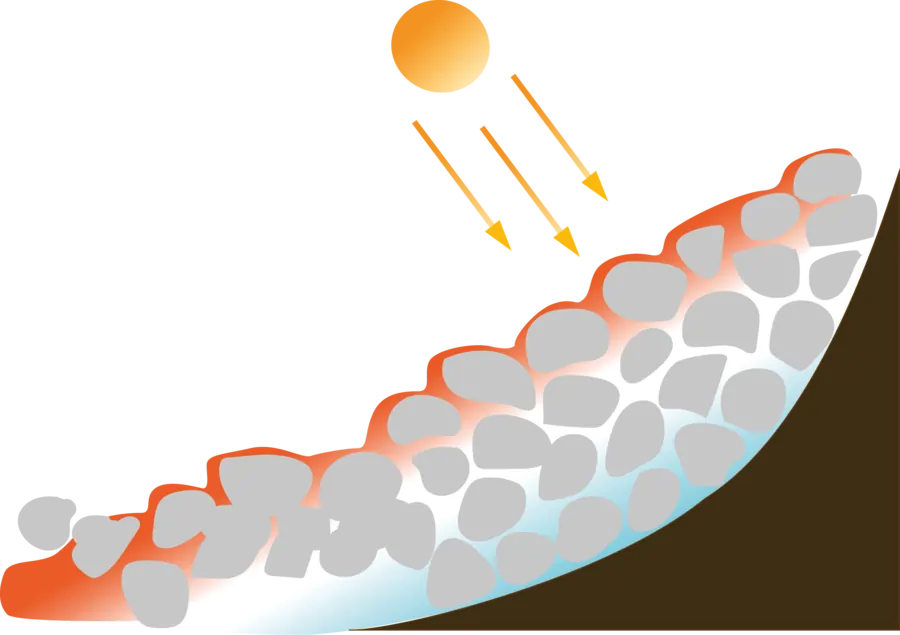
Stone run climate While a dry-warm climate with strong fluctuations prevails on the surface of the stone run, it is cooler on the inside and the climate is more balanced overall.
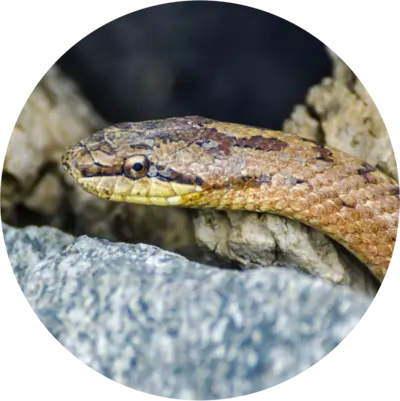
Smooth snake
Smooth snakes feed mainly on viviparous lizards and mice. They thus counteract the mass increase of the mice population. This snake is harmless to humans, but can bite when in danger.
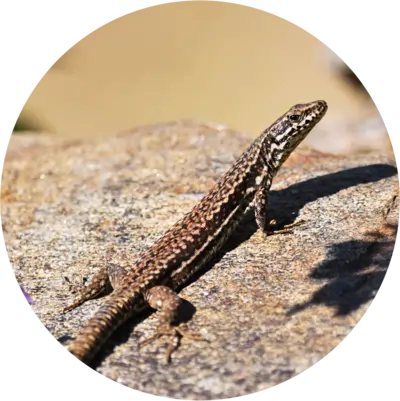
Common wall lizard
Wall lizards warm themselves on sunlit rocks and use the gaps between blocks for shelter.
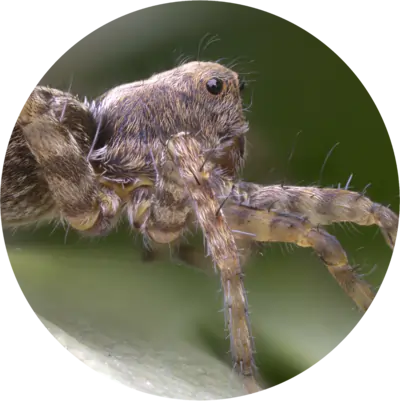
Wolf spider
Wolf spiders like to live in burrows in the ground or in rocks. They do not weave webs, but rather hunt insects at night, such as ground beetles, grasshoppers and fly larvae, but also other spiders, thanks to their well-developed eight eyes.
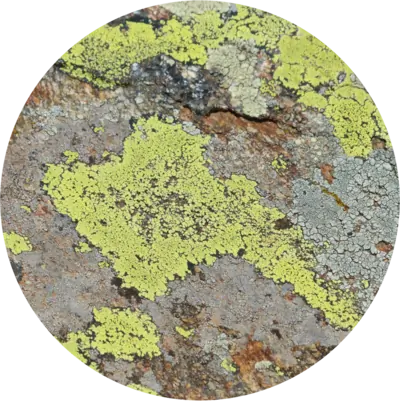
Map lichen
Lack of soil substrate, strong temperature fluctuations and lack of water make life difficult for plants. However, a closer look reveals mainly lichens and some mosses.
Stone runs and screes
- are extreme areas in terms of hydrological regime, temperature and nutrients.
- have an astonishing microclimate of their own.
- are home to particularly adaptable animals and plants.